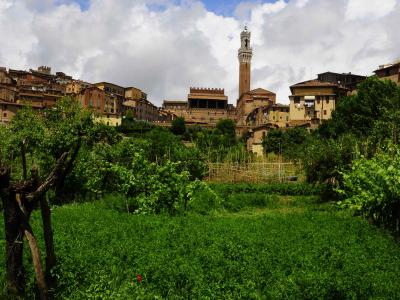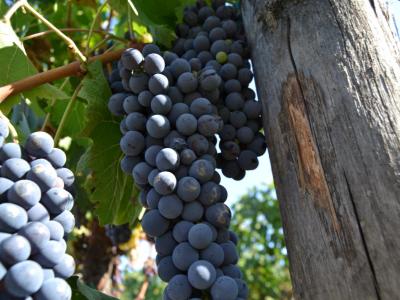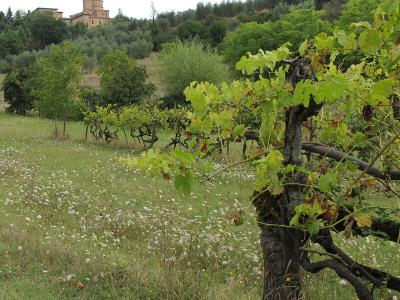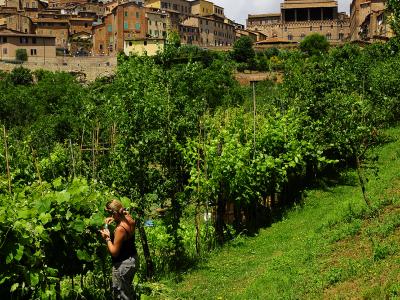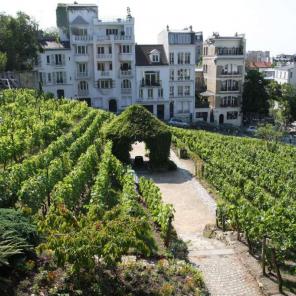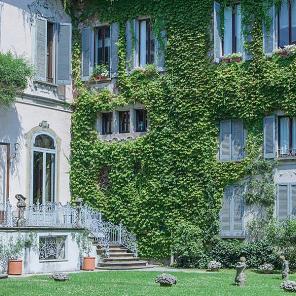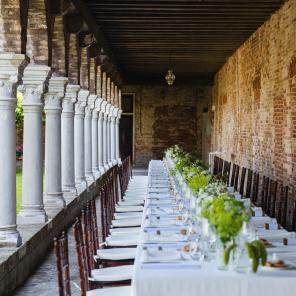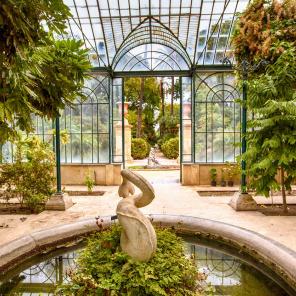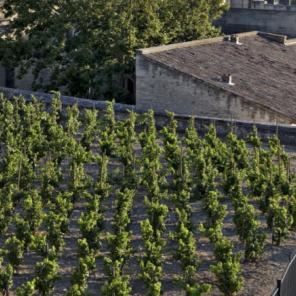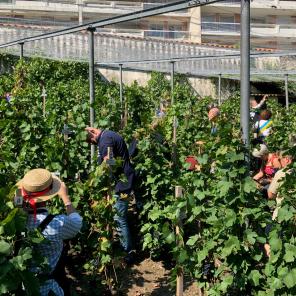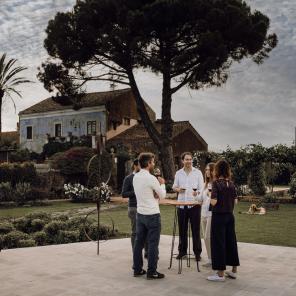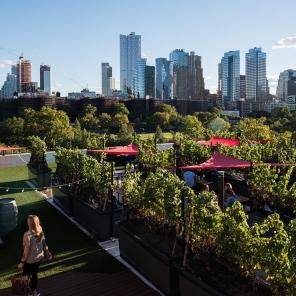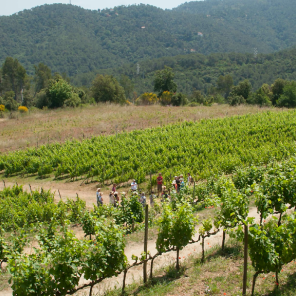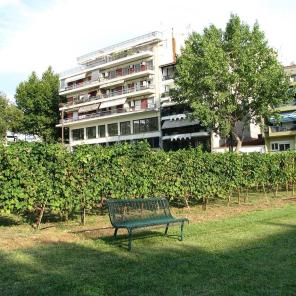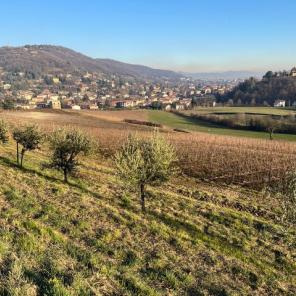Senarum Vinea
Siena
They are called Gorgottesco, Tenerone, Salamanna, Prugnolo gentile, Rossone, Mammolo and are distinguished from the best-known vines for one particularity: for hundreds of years their chosen terroir has been the city of Siena. These are some of the oldest vineyards that the city rediscovers thanks to Senarum Vinea: the historic vineyards of Siena, the project of recognition and enhancement of the indigenous viticultural heritage and of the historical forms of cultivation in the walled city, conceived by the Etruscology and Italic Antiquities Laboratory of University of Siena, promoted by the National Association of Wine Cities with the contribution of the Monte dei Paschi di Siena Foundation and entrusted to the Castel di Pugna Agricultural Company.
The choice of the city of Siena as a field of investigation into the research of ancient vineyards is based on the persistence of large green spaces cultivated within the walls and of mixed crops of gardens and vineyards in the immediate suburbs, which between the nineteenth and twentieth centuries showed significant elements continuity with the medieval age thanks to the small production of wine destined for self-consumption.
The Senarum Vinea project was born therefore as an experimental path of historical-landscape and environmental requalification of Siena and its valleys, through the recovery of that balance between natural factors and cultural factors, which for centuries has marked the quality of the Sienese landscape. and, more generally, Tuscan. Senarum Vinea has in fact made it possible to rediscover centuries-old strains of 20 native and minor vines that have survived until today, but long forgotten and at high risk of extinction

